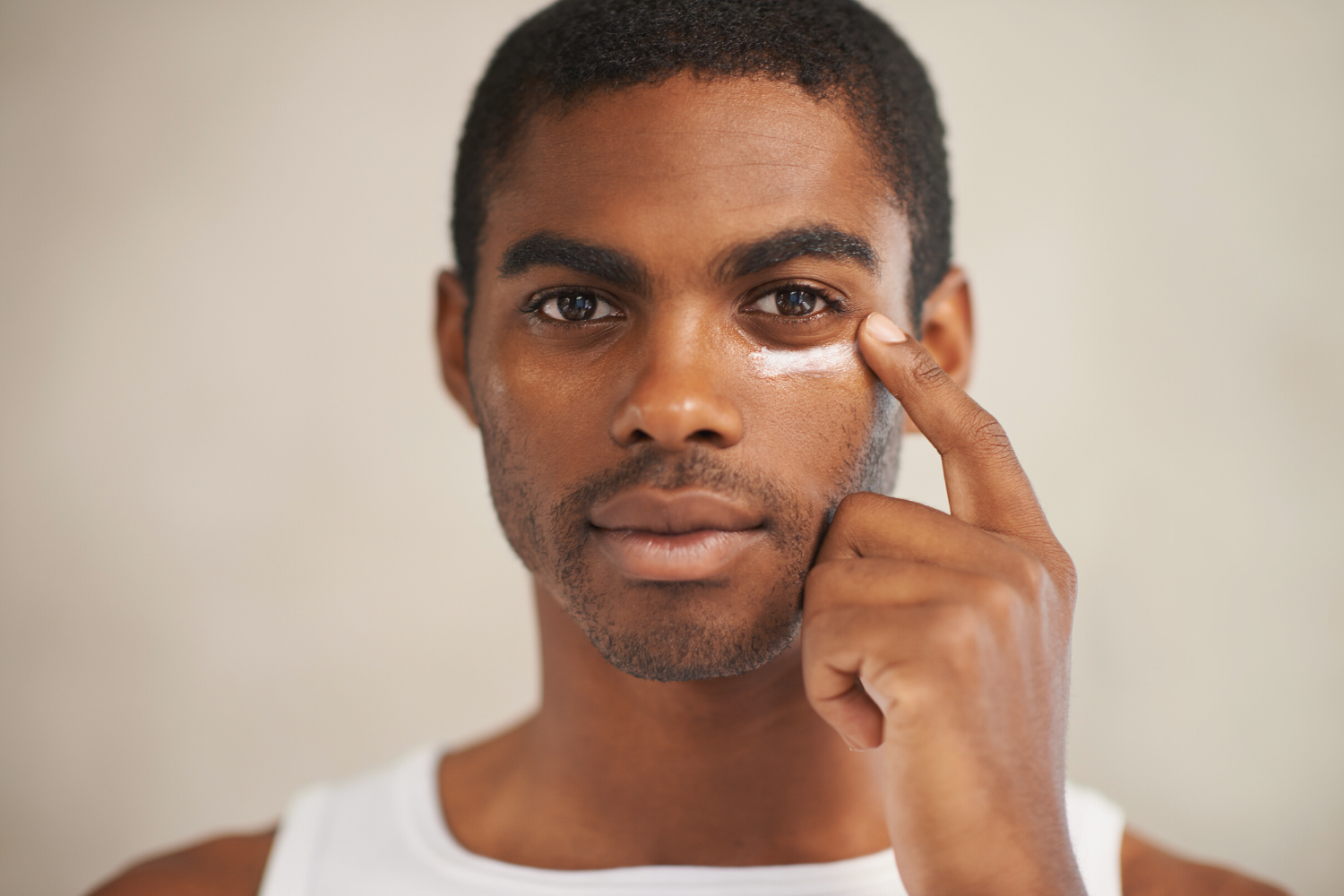My previous blog post outlined the differences among hydroxy acids and how they work for your skin. Read all about that before reading this post that will dive deeper into beta hydroxy acids. So, what are beta hydroxy acids? Unlike AHAs, BHAs are oil soluble meaning they work to penetrate deeper and exfoliate extra oil build-up in your pores. Because of this effect, BHAs are great at combating whiteheads and blackheads. They work best for those with oily skin as they can be more drying and contain humectant properties. The most popular BHA is salicylic acid, but there are several others including; beta hydroxybutanoic acid, tropic acid and trethocanic acid. The following include some of the benefits of BHAs on your skin.
- They very effectively combat breakouts. BHAs or more specifically, salicylic acid is a wonder ingredient when it comes to fighting acne and blemishes. Because BHAs are oil soluble, they penetrate deep within to purify and clarify your clogged pores from dirt and oil buildup that can lead to acne. BHAs have been shown to be more effective than AHAs when it comes to treating blemishes and they are also less irritating. A 2008 study researched 20 patients that used a BHA on one side of the face and an AHA on the other. After 6 weeks of use, the salicylic acid showed sustained effectiveness in tackling acne and also demonstrated a gentler use.
- Combat hyperpigmentation and discoloration. Like AHAs, BHAs also show effectiveness in eliminating the appearance of hyperpigmentation, melasma and dark spots caused by UV damage. BHAs also speed up new cell renewal by removing the surface layer of hyperpigmented skin. A 2017 study looked into the effects of BHAs on 45 patients with post inflammatory hyperpigmentation. They were split into three groups, one group used tretinoin, one used salicylic acid and one used a combination of both. The results showed that the group who combined a BHA with a tretinoin showed the most benefits in clearing their hyperpigmentation.
- Demonstrates anti-aging benefits. AHAs and BHAs both help reduce fine lines and wrinkles while combatting premature signs of aging. This is done so through exfoliating the skins surface. As your skin ages, it gets more dead skin buildup that clogs your pores and dulls your complexion. If you are older, it is more important than ever to properly exfoliate your skin! While AHAs may be better at exfoliating and combatting fine lines and wrinkles, BHAs are gentler so they work better for those with more sensitive skin. While combatting fine lines and wrinkles, BHAs also improve skin’s texture to reveal a smoother, more vibrant complexion.
How to use BHAs and know if they are right for you. Chances are, if you experience oily, breakout-prone skin, then BHAs will be the most effective addition to your skin care routine. BHAs work best when used daily, but because they can be drying you may need to start with a couple times a week to ensure your skin gets accustomed to its effects. A great way to incorporate BHAs in your skin care is through a cleanser. Fyab Health’s Foaming Facial Cleanser contains the BHA, willow bark, to combat breakouts and oily skin while also clarifying pores. If you are looking for an effective serum, Fyab Health’s Renewal Serum incorporates willow bark to gently exfoliate dead skin cells while also providing soothing benefits.
SOURCES:
Kessler, E., Flanagan, K., Chia, C., Rogers, C., & Glaser, D. A. (2008). Comparison of alpha- and beta-hydroxy acid chemical peels in the treatment of mild to moderately severe facial acne vulgaris. Dermatologic surgery : official publication for American Society for Dermatologic Surgery [et al.], 34(1), 45–51. https://doi.org/10.1111/j.1524-4725.2007.34007.x —READ NOW
Mohamed Ali, B. M., Gheida, S. F., El Mahdy, N. A., & Sadek, S. N. (2017). Evaluation of salicylic acid peeling in comparison with topical tretinoin in the treatment of postinflammatory hyperpigmentation. Journal of cosmetic dermatology, 16(1), 52–60. https://doi.org/10.1111/jocd.12301 —READ NOW
Zheng, Y., Wan, M., Chen, H., Ye, C., Zhao, Y., Yi, J., Xia, Y. and Lai, W. (2013), Clinical evidence on the efficacy and safety of an antioxidant optimized 1.5% salicylic acid (SA) cream in the treatment of facial acne: an open, baseline‐controlled clinical study. Skin Res Technol, 19: 125-130. https://doi.org/10.1111/srt.12022 —READ NOW
Smith, W. (1996), Comparative effectiveness of α‐hydroxy acids on skin properties. International Journal of Cosmetic Science, 18: 75-83. https://doi.org/10.1111/j.1467-2494.1996.tb00137.x —READ NOW


No responses yet